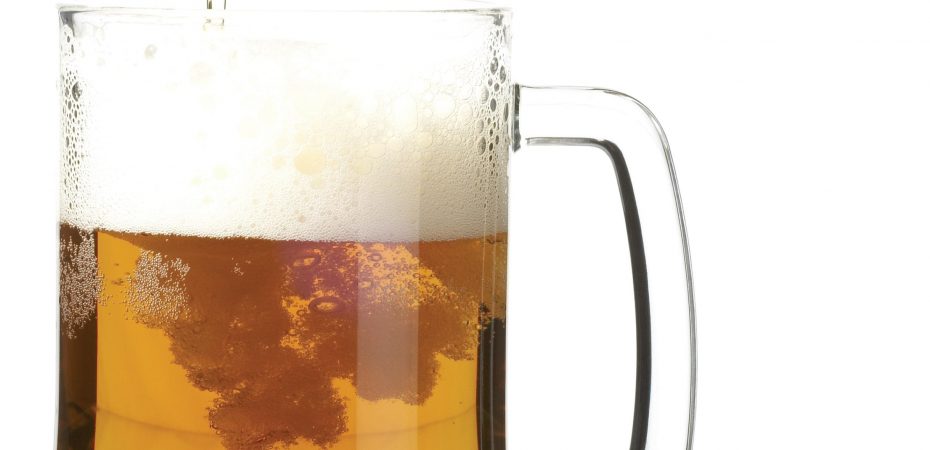The popular perception of brewing is of a rather leisurely pursuit interspersed with regular visits to the tasting room, but the job of a brewer is in reality a tough one that differs widely between breweries.
There is also no such thing as a typical day in the life of a typical brewer as it will be very different working at a small regional operator in the United Kingdom compared with a large modern multinational in America’s Deep South.
One of the more traditional breweries in the UK is Timothy Taylor in Keighley, West Yorkshire – the producer of multiple-award-winning Landlord and the less well-known but gaining in popularity Golden Best – where parts of the day for second brewer Andrew Leman will have some similarity to those of his predecessors.
So to run through his average day, it all begins at 7:30am with a bit of mashing-in to get him in the mood. This involves mixing the crushed malt with hot liquor (consisting of the brewery’s own well water mixed with brewing salt) while the temperature is closely monitored. “We play with the dials so we can increase the malt-hopper opening and alter the temperature so we can keep it at 150 degrees Fahrenheit,” says Andrew.
At 8:00am the mash tun and its contents are left alone for two hours while the enzymes get to work and turn the starch to sugar. At this point Andrew puts the kettle on for the second mash of the day.
Meanwhile he fills out the ‘brewery sheets’ for the next day, which include the recipes for the specific Taylor’s beers he is to brew and the amounts of malt, hops and sugars required. He also makes out a ‘grind sheet’ for the mill man to prepare sufficient malt. And he checks on the junior brewer in the racking room where the important task of filling the barrels takes place.
By 8:30am he visits the fermentation supervisor to check temperatures and specific gravities of the various beers in the brewery’s 14 vessels that hold up to 36 gallons each. At approaching 9:00am he will have probably made it back to the kettle for his cuppa while the brewhouse supervisor runs off the liquid (wort) from the mash tun.
The rest of Andrew’s morning involves the management of the brewing process that includes calculating what needs to be racked the following day and checking with the transport manager on the schedule for the next two to three days.
At midday it’s down to the sample room to check the previous few days’ racked beers so that by the end of the week he jokes that he is “well oiled.” Lunch is a sandwich en route to two local pubs – for purely quality control purposes you understand.
At 1:30pm with everything running smoothly (he hopes), the following day’s programme can be finalised before the junior brewer leaves for the day at 2:00pm – which is okay as he starts at 6:00am. Andrew then helps finish off that day’s brew by dropping the boiled wort into the hop back to separate the hops from the liquid. Samples are taken and it is then cooled down and put into the fermentation vessel where it sits for one week.
This Article is from Beers of the World Issue 16, and the rest can be found here.

